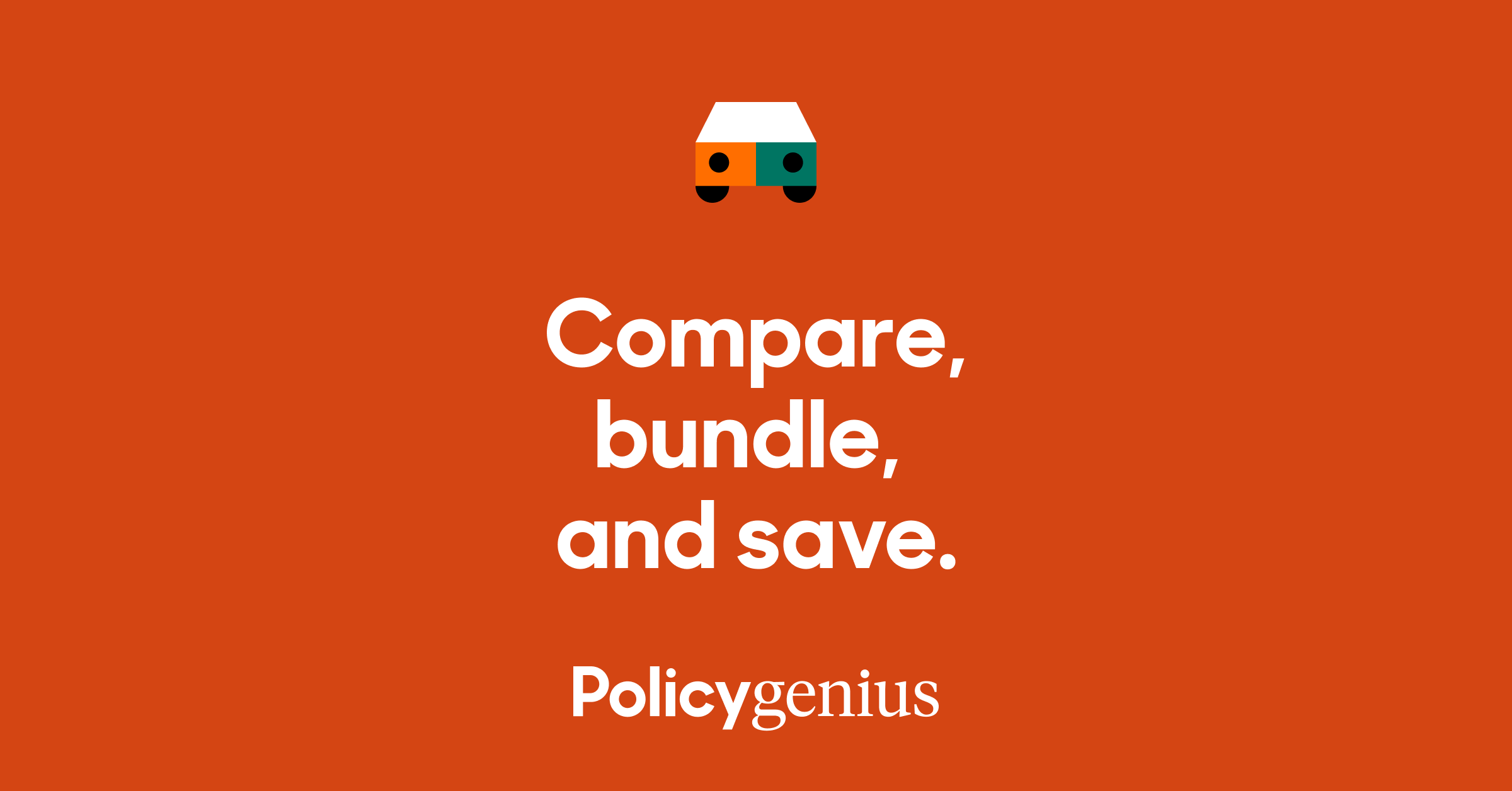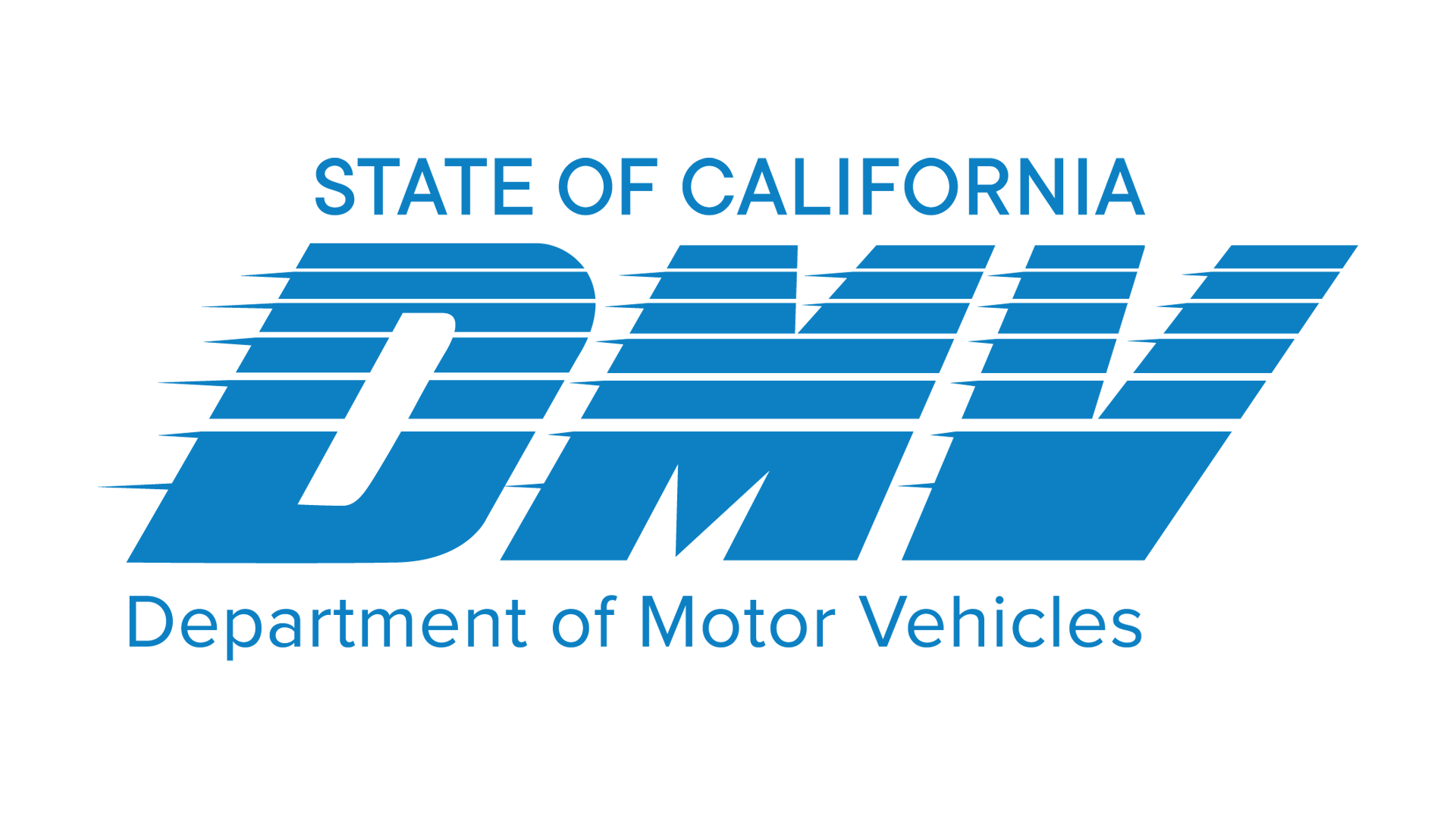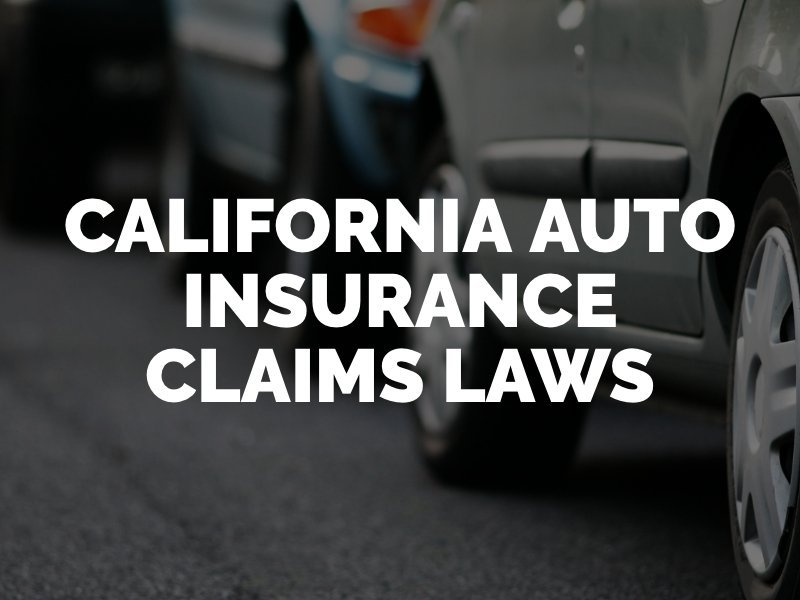Filing and pursuing California auto insurance claims requires some basic knowledge of the types of coverage, the laws and the claims process. Motorists in California are required to have automobile in
Filing and pursuing California auto insurance claims requires some basic knowledge of the types of coverage, the laws and the claims process. Motorists in California are required to have automobile insurance. The state has established minimum liability requirements, and there are a variety of different types of coverage and levels of insurance. People who are involved in accidents may file claims with the at-fault driver’s insurance or with their own, depending on the types of coverage that they have selected. People may want to determine the level of coverage and types that might best protect them in the event that they are involved in accidents. An attorney may help to determine the available recovery sources if his or her client is injured in an accident.
At the most basic form, Californians are required to carry bodily injury liability and property liability insurance. People who choose liability only coverage must carry minimum limits of $15,000 per person for bodily injury and $30,000 per accident. The minimum property liability coverage in the state has a limit of $5,000. Other types of coverage that are not required but that may be smart for people to choose include uninsured and underinsured motorist coverage, medical expenses coverage, comprehensive coverage and collision coverage. These additional types of coverage provide added protection when people are involved in collisions.
When a person is injured in an accident with a motorist who has only the state-required bodily injury and property liability coverages, the person’s recovery will be limited to the minimums that the driver’s policy has established. For example, if the motorist carries only the minimum amount, the injured plaintiff will be limited to recovering $15,000 for his or her personal injury and $5,000 for his or her property losses. Californians may elect to carry basic liability coverage with higher amounts than the minimums, however, with many electing to carry bodily injury liability coverage of $100,000 or $300,000 per accident and property liability coverage of $100,000. People who are injured may want to investigate the coverage levels of the at-fault driver’s policy.
People who elect to carry uninsured and underinsured motorist coverages may submit accident claims to their own insurance companies to obtain compensation for their losses. Uninsured motorist coverage in California generally provides limits of $100,000 per person for bodily injury and $300,000 per accident. Property loss limits for uninsured motorist coverage are generally set at $5,000. Underinsured motorist coverage is often grouped in with uninsured motorist coverage and provides added compensation to injured victims when the at-fault motorists had insurance that was insufficient to pay for their losses. Medical expenses coverage is another option. It pays for injured people’s medical expenses or funeral costs with an average limit of $5,000.
Collision coverage is designed to pay for the costs to repair or replace policyholders’ vehicles if they have been damaged in accidents. Finally, comprehensive coverage pays for the repair or replacement costs of policyholders’ vehicles that have been damaged by storms or thefts.























